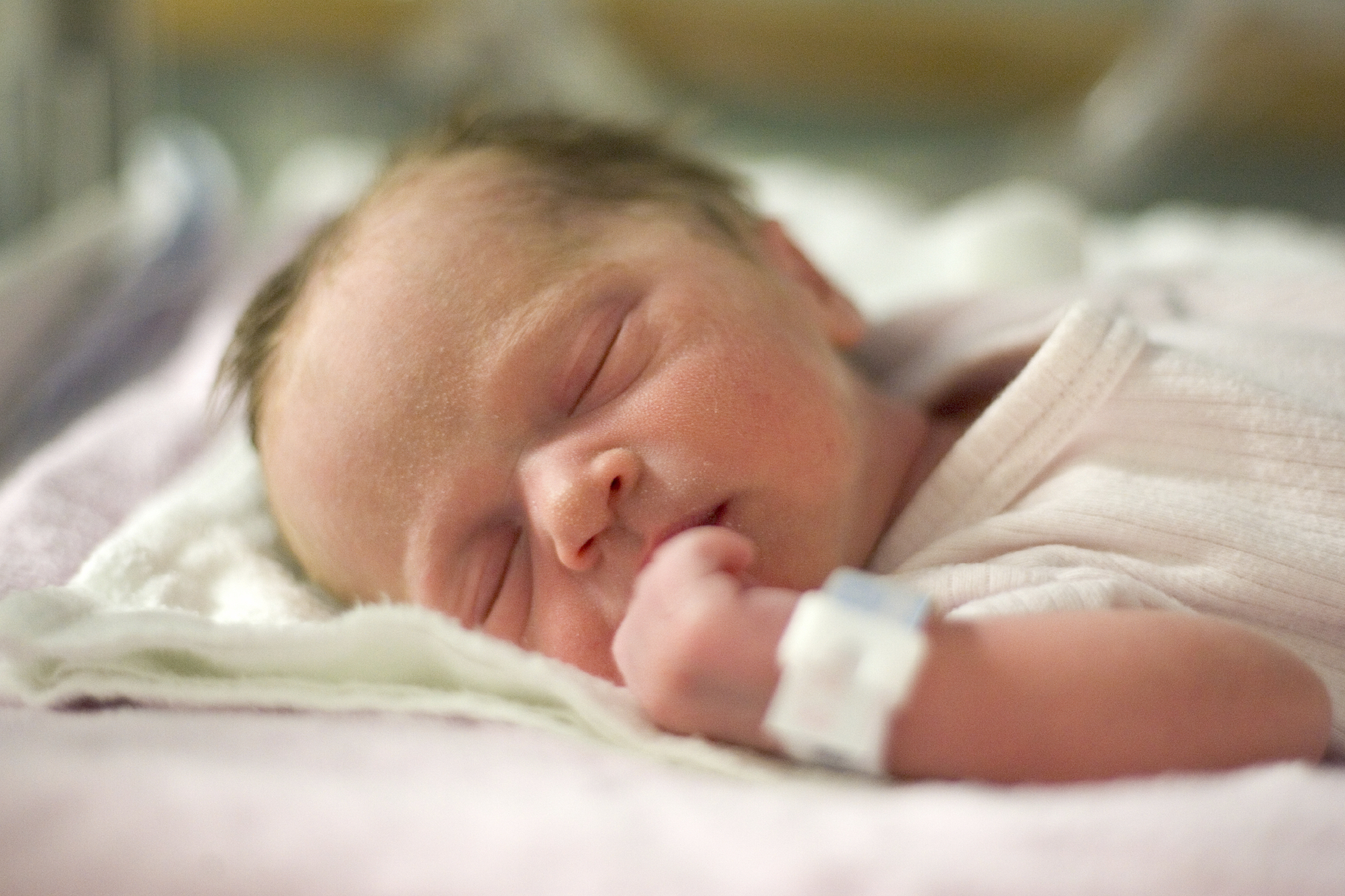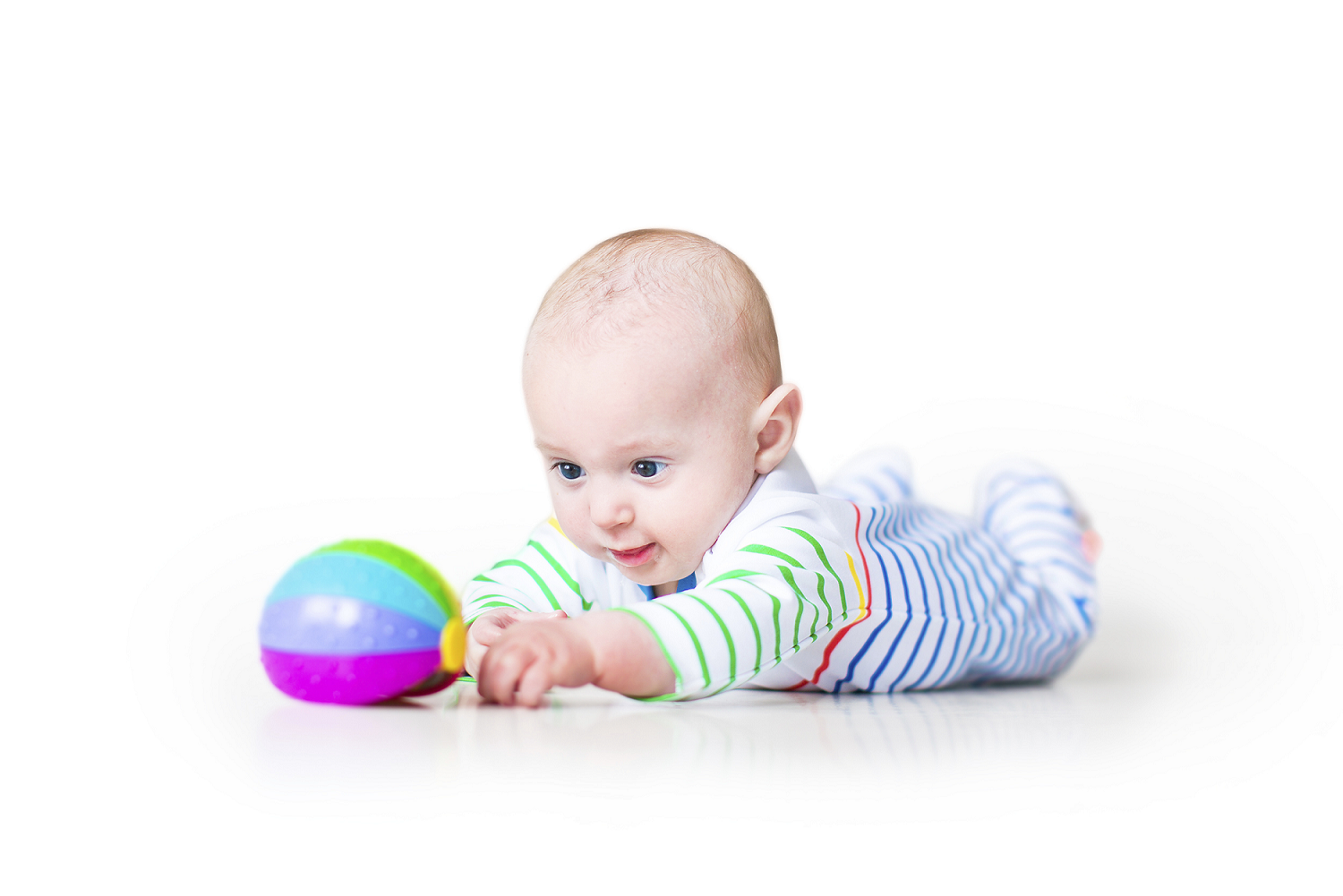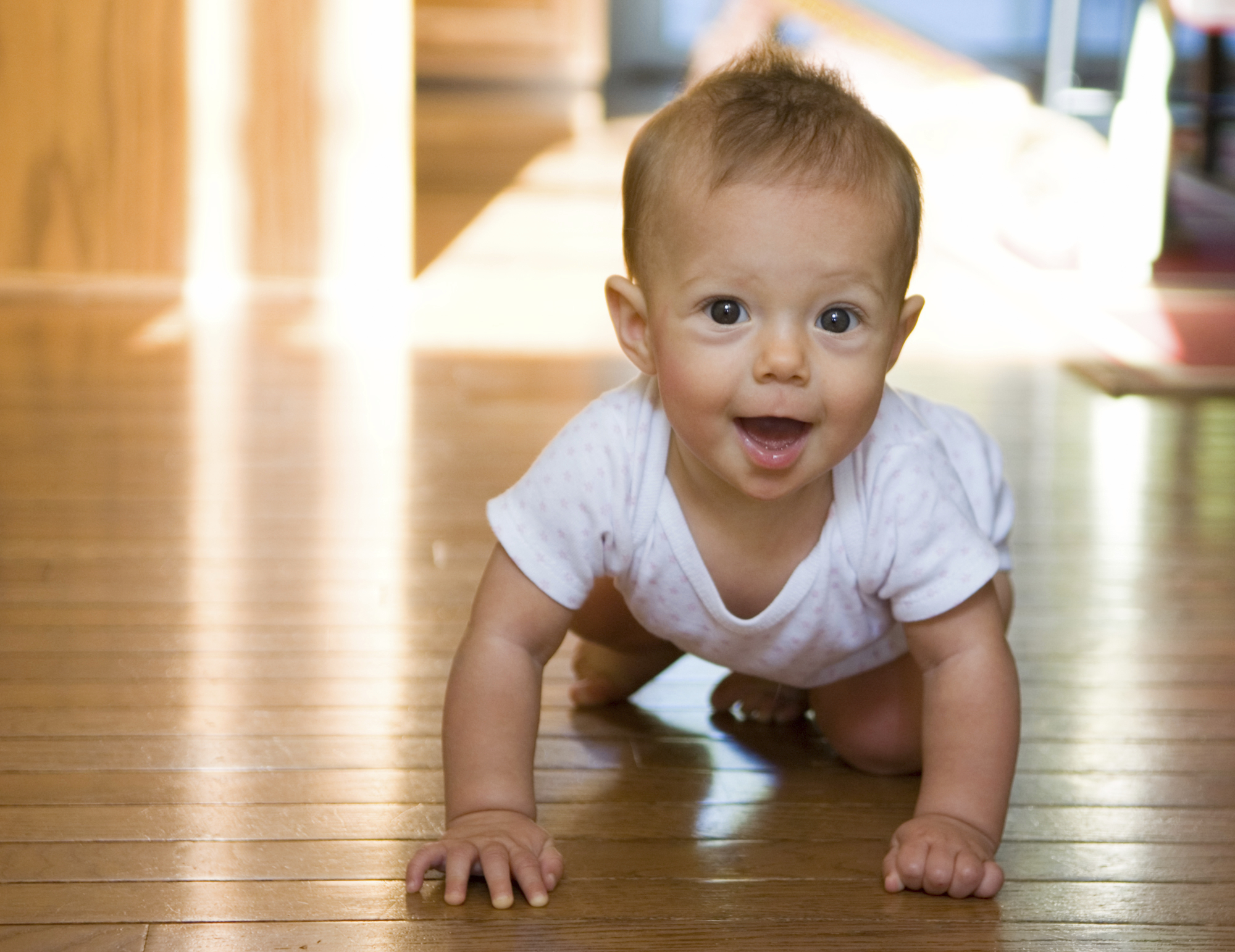What Causes Primitive Reflexes to be Retained?
There are a number of different reasons why primitive reflexes fail to integrate. One of the biggest factors that cause reflexes to be retained is a traumatic birthing process. This includes prolonged or premature birth, breach position, births involving forceps or suction, and Caesarean section births.
The general increase in Caesraean section births may also be a contributing factor to the increased incidence of retained primitive reflexes since some of the reflexes are stimulated by the process of passing through the birth canal during natural childbirth. The reflexes involved in aiding the birthing process are more likely to still be “present” at a later age with children that were born via Ceasarean section.


Societal factors can also come into play such as not allowing babies to spend enough time lying on their stomachs (also known as “tummy time”) due to the fear of Sudden Infant Death Syndrome (SIDS). **However, please be aware that it is important to follow the advice of your pediatrician regarding SIDS.
Another societal factor that can cause reflexes to be retained is the lack of exploration of the infant’s space and world during the creeping and crawling stage. If an infant spends a great deal of time in a car seat, stroller, crib, or other confining environment, it is more likely that the primitive reflexes will be retained past the typical timeline.
Doing “too much, too fast” can also be detrimental to the developmental process. As children develop they gain more and more control over their physical bodies. Children progress from lying on their backs, to rolling over on their stomachs, to creeping, to crawling, and eventually to walking. Some parents will comment,”My child developed very quickly! He started walking very early!”
Unfortunately, the child who spends little time crawling can miss out on some valuable developmental experiences for visual-spatial development. It is very important that children first gain mastery of their environment from the ground as this stage of development strengthens their muscular systems and sets in place the building blocks for higher-level coordination and spatial awareness.

